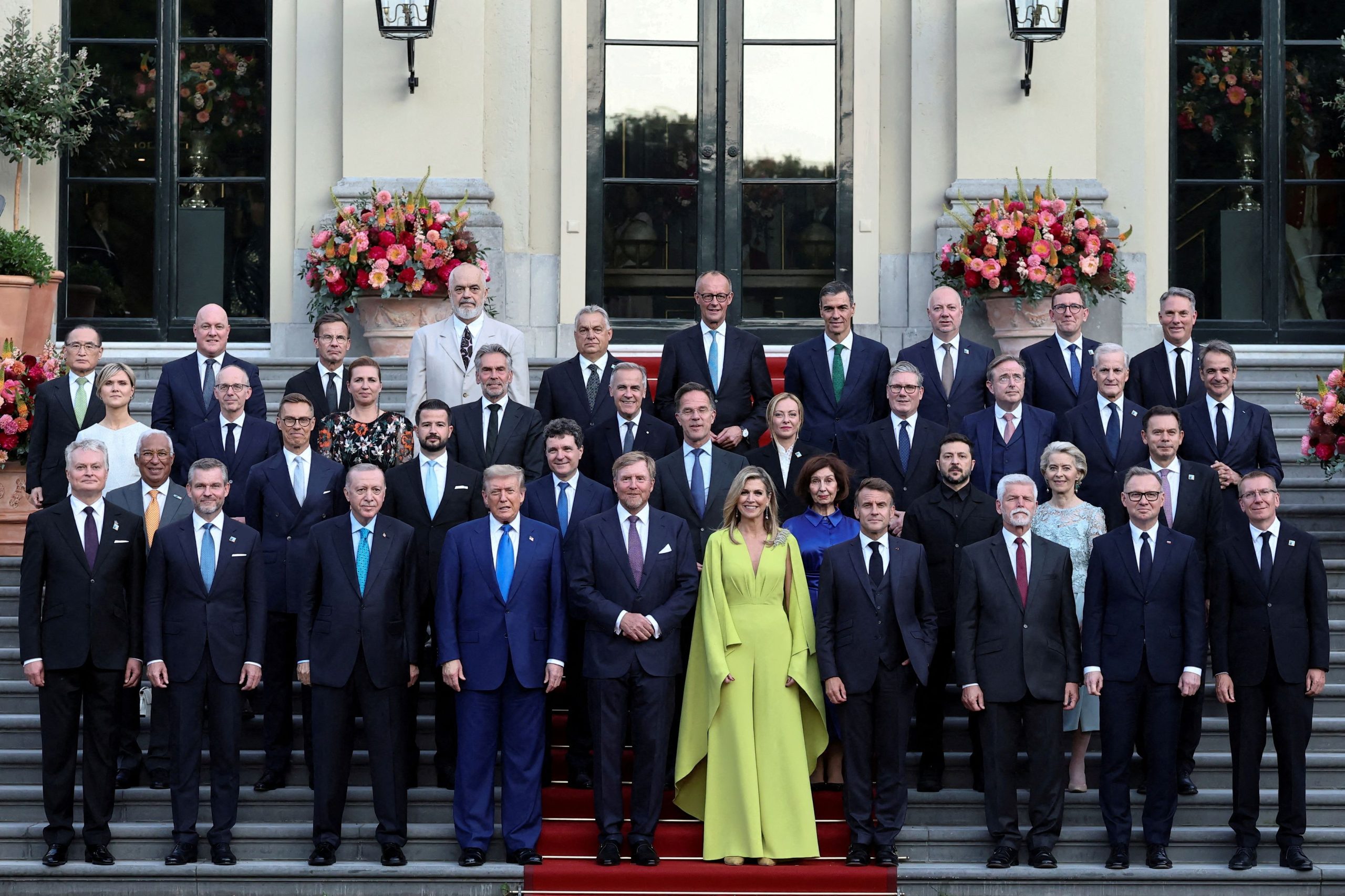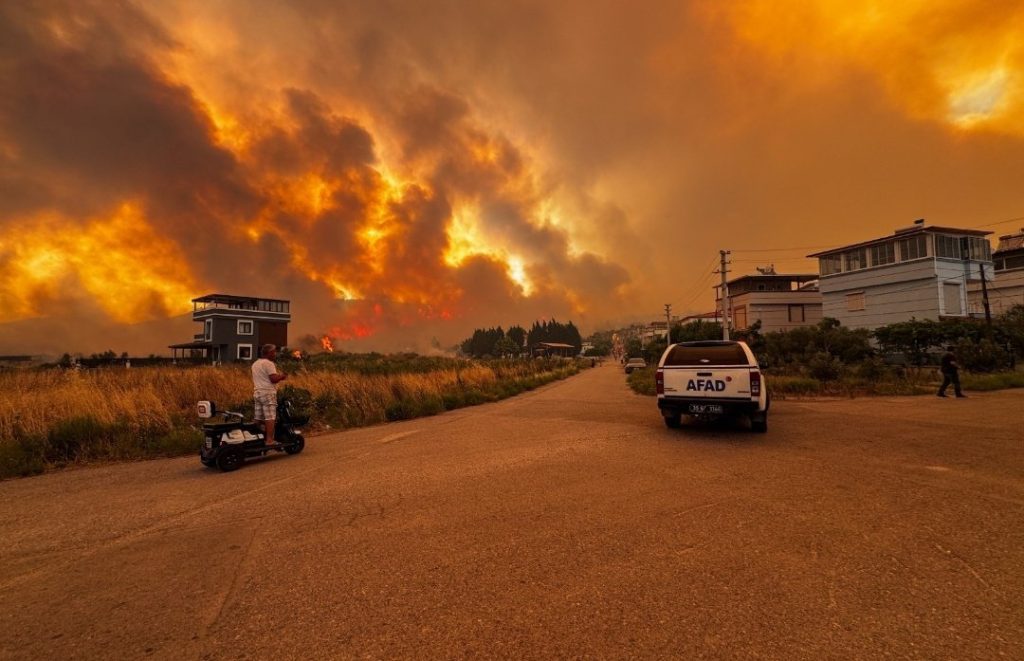NATO allies have agreed on a bold new target: to increase defense-related spending to 5% of GDP by 2035, marking a dramatic shift in the alliance’s long-term strategic posture. The decision, made during a short but high-stakes summit in The Hague, drew a wide range of responses from world leaders — many seeing it as a necessary step in the face of growing global threats, particularly from Russia.
🆕 NATO Allies have agreed to invest 5% of their GDP annually in defence.
A substantial commitment in response to significant threats to our security#NATOsummit pic.twitter.com/eFgwH3pfrR
— NATO (@NATO) June 25, 2025
A “Quantum Leap” in NATO Strategy
The summit declaration reaffirmed NATO’s core principle of collective defense under Article 5 and laid out a new three-part commitment:
- At least 3.5% of GDP will be allocated to core defense requirements.
- Up to 1.5% will be invested in critical infrastructure, resilience, and strengthening defense industries.
- Overall, 5% of GDP will be dedicated annually to defense and related areas by 2035.
NATO Chief Mark Rutte praised the plan as “a quantum leap” and said the new investment “lays the foundation for a stronger, fairer, and more lethal NATO.” Acknowledging the financial burden, especially on European countries and Canada, he stressed, “This is about Europeans and Canadians paying more, not American taxpayers.”
Trump’s Role: From Pressure to Praise

U.S. President Donald Trump talks with NATO Secretary General Mark Rutte, as they pose for a family photo during a NATO leaders summit in The Hague, Netherlands June 25, 2025. REUTERS/Yves Herman
Former U.S. President Donald Trump, a prominent presence at the summit, struck a conciliatory tone, saying: “It is a great victory for everybody I think and we will be equalized shortly.” The new target, seen as a direct response to Trump’s long-standing demands for greater burden-sharing, was described by some leaders as critical to keeping the U.S. engaged in transatlantic defense.

Σύνοδος Κορυφής των ηγετών των χωρών μελών του ΝΑΤΟ, στην Χάγη της Ολλανδίας, Τετάρτη 25 Ιουνίου 2025. *ΠΡΟΣΟΧΗ ΜΟΝΟ EDITORIAL USE * (POOL PHOTO/NATO/EUROKINISSI)
Before the summit, Trump reassured allies about his commitment to NATO’s mutual defense, telling reporters, “We’re with them all the way.”
Divisions Emerge — But Unity Holds
According to Reuters, while the summit showcased broad consensus, some differences in interpretation and willingness to meet the target did emerge.
Hungarian Prime Minister Viktor Orbán downplayed the Russian threat, saying, “I think Russia is not strong enough to represent the real threat to us. We are far stronger.” He added that NATO “has no business in Ukraine” and reiterated his skepticism about the alliance’s engagement beyond its borders.

Spanish Prime Minister Pedro Sanchez attends a press conference at a NATO summit in The Hague, Netherlands June 25, 2025. REUTERS/Claudia Greco
Dutch Prime Minister Dick Schoof responded by emphasizing unity within the alliance, noting that it was “much too early” to discuss consequences for countries falling short.
As reported by Reuters, the new NATO targets for defense and security spending are manageable for Italy, as they allow countries “complete flexibility” in how they achieve them, Prime Minister Giorgia Meloni said.

NATO Supreme Allied Commander Transformation (SACT) French admiral Pierre Vandier, presents Task Force X – Baltic, a multi-domain maritime operations military project, to Norway’s Prime Minister Jonas Gahr Stoere and France’s President Emmanuel Macron during a NATO leaders summit in The Hague, Netherlands June 25, 2025. LUDOVIC MARIN/Pool via REUTERS
“This is necessary,” said the leader of Sweden — NATO’s newest member, having joined last year in response to Russia’s invasion of Ukraine — in a post on X.
Urgency from Eastern Europe
Leaders from NATO’s eastern flank voiced urgency. Lithuanian President Gitanas Nausėda called the 2035 timeline too slow, warning that NATO’s defense posture is lagging behind Russia’s. “We need a frank discussion about Article 5,” he said, adding that without Trump’s pressure, the target would likely still be stuck at 2.5%.
Estonian Prime Minister Kristen Michal expressed confidence in allies’ commitment, saying he is “quite sure” members will meet the new goal.

Dutch Princess Catharina-Amalia greets Ukrainian President Volodymyr Zelenskiy next to King Willem-Alexander and Queen Maxima, ahead of a dinner, on the sidelines of a NATO Summit, at Huis ten Bosch Palace in The Hague, Netherlands June 24, 2025. MISCHA SCHOEMAKER/Pool via REUTERS
Strategic Autonomy and European Responsibility
French President Emmanuel Macron welcomed the new targets as a way to bolster Europe’s strategic responsibility within NATO. “This has been the American request for several years,” he noted, adding that higher spending would strengthen the European pillar of the alliance.

NATO Secretary General Mark Rutte speaks during the North Atlantic Council (NAC) during a NATO summit in The Hague, Netherlands June 25, 2025. REUTERS/Toby Melville
German Chancellor Friedrich Merz also underlined that the decision was not about pleasing the U.S., but responding to a clear threat, Russia.
Smaller States Aim High
Greek Prime Minister Kyriakos Mitsotakis urged all 32 NATO members to “do their part,” warning against perceptions of free-riding. Greece currently spends around 3% of its GDP on defense — nearly double the EU average.
Belgian Prime Minister Bart De Wever described the 3.5% core defense goal as “realistic,” though he acknowledged that flexibility may be needed for some smaller states.

NATO Secretary General Mark Rutte reacts during a press conference at a NATO summit in The Hague, Netherlands June 25, 2025. REUTERS/Yves Herman
With the 5% target now formalized, NATO enters a new era of strategic investment, aiming to reinforce deterrence, defend critical infrastructure, and respond to evolving threats — particularly the enduring challenge posed by Russia. While the road to 2035 will be politically and economically demanding, the alliance has signaled its intent to remain united, resilient, and prepared.
All NATO countries are in consensus on the new defense spending targets, though additional statements from leaders may follow as the summit concludes.







